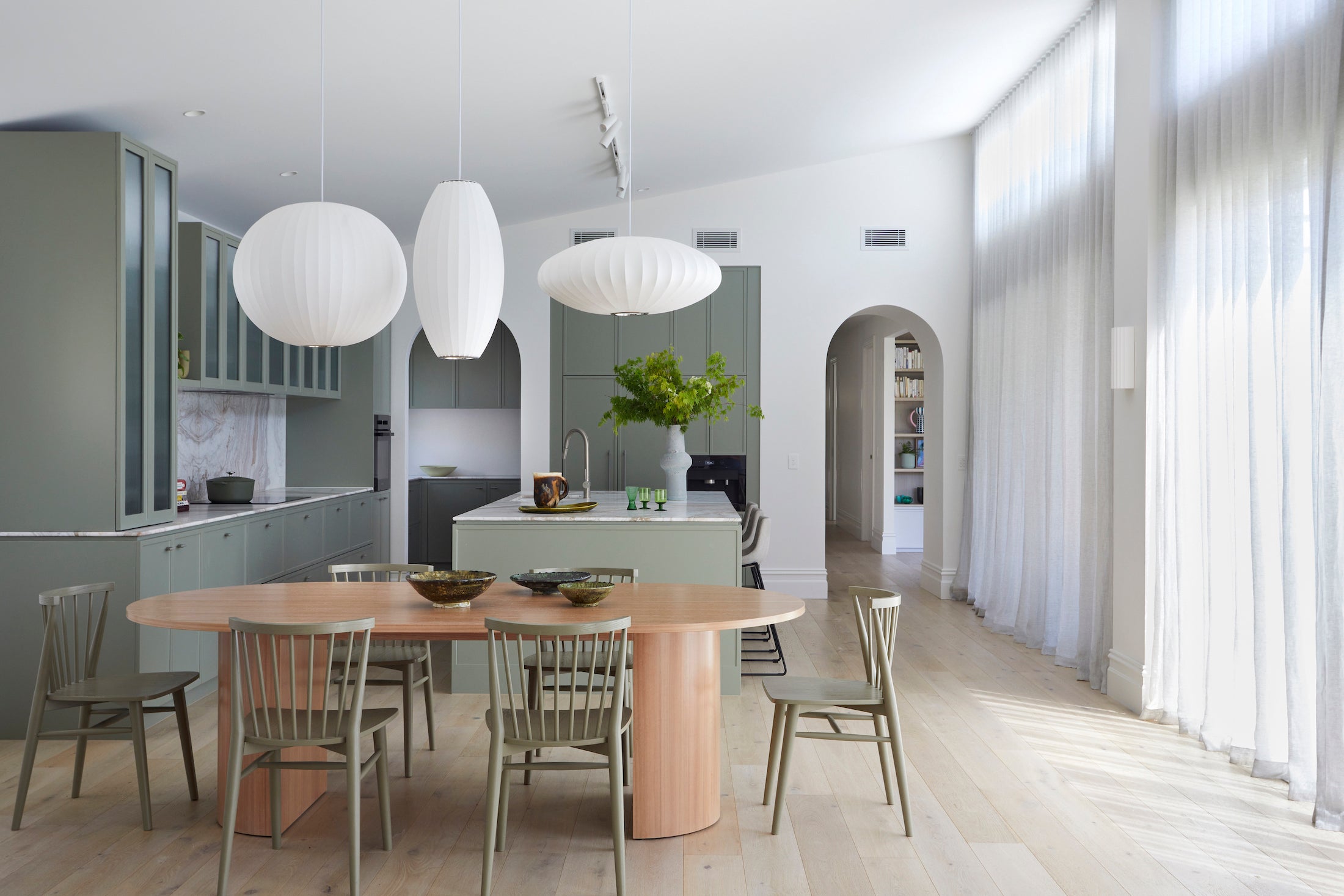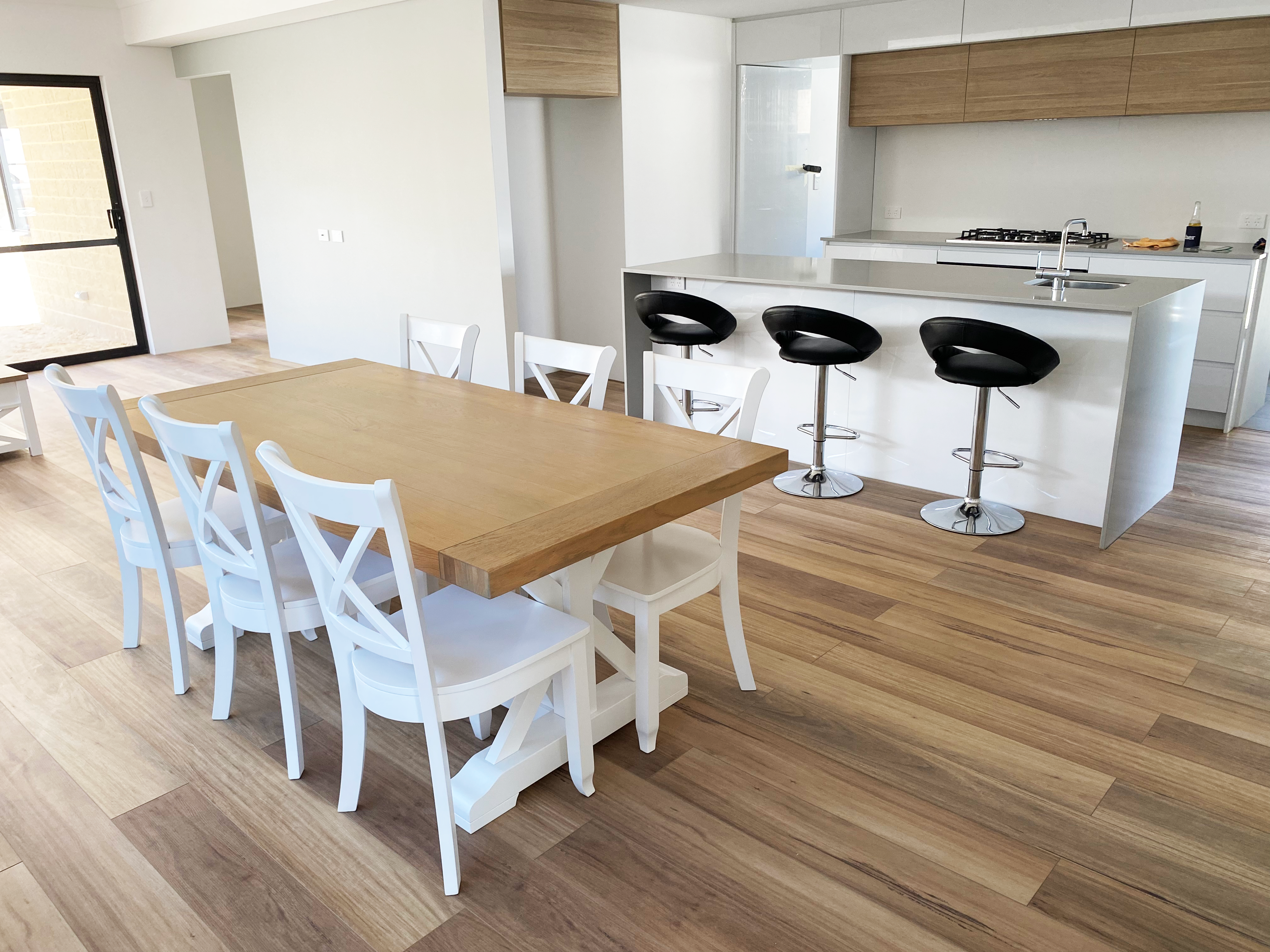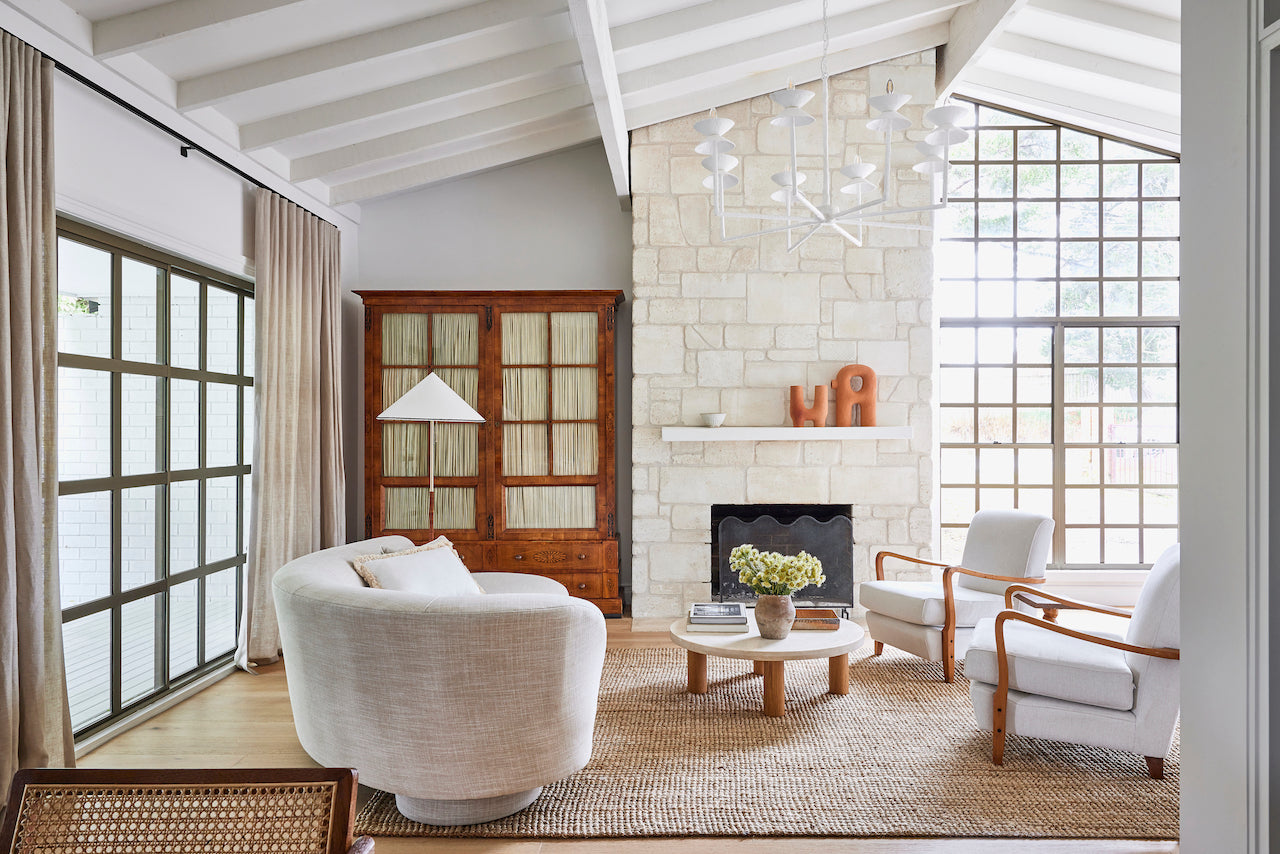
When it comes to home renovation, no matter how many episodes of The Block we’ve watched, some of us will be inspired to DIY while others will opt to leave it to the professionals.
For those who think they may be ready to tackle installing their own flooring for instance, we believe taking the time to compare the pros and cons of DIY over hiring a professional installer is well worth the exercise.
Professional Installation Cost:
As a general guide the average approximate price per metre of commonly installed flooring products are as follows:
- Vinyl $16-$20
- Hybrid and Laminate $20-$26
- Timber (floating) $22-$28
- Timber (direct stick) $28-$36
*The above provides indicative installation rates (labour only) for the major cities in VIC, NSW, QLD, WA and surrounding areas.
Often dependant on the size of the project, choosing to DIY generally comes down to reducing overall cost, with the price of labour forming a significant part of a professional installation quote.
DIY also offers the bonus of being able to work to your own schedule. Having said that, unless you’ve had lots of practice beforehand, doing it yourself is likely to take considerably longer than if a practiced professional takes on the job, especially if you happen to run into any problems.
And if you do encounter unexpected issues or make a mistake, you may need to enlist the help of a professional installer to fix it after all, ultimately wasting time and adding to the overall cost.
Before embarking on a weekend project laying engineered timber, vinyl planks or hybrid boards, some factors to consider beforehand will include your home type, the floor area size, type of subfloor, floor preparation requirements, product suitability for the use of the space and installation method.

Preparation is key, and this begins with a suitable sub floor which must be structurally sound, completely dry, smooth, flat and free of dust and debris. Qualified tradespeople are trained to look out for any potential problems and can quickly spot things you may have missed. A correctly prepared subfloor is crucial for avoiding future buckling or warping, ensuring a solid, professional looking result.
Repairing or replacing damaged subfloors will add further costs to the project, and if it’s necessary to remove any of the old original flooring, unless you’ve hired a professional to deal with it, you will be ultimately responsible for its safe disposal.
Individual flooring ranges require specific tools you’ll need to rent or buy if you don’t have them on hand, whereas the professional flooring tradesperson will have all the specialty equipment needed to complete the job.
Certain products may involve different installation methods also. Herringbone and Wideboard flooring for instance, uses a tongue and groove lock in profile and direct stick installation that we generally recommend be laid by a qualified floorer.
Flooring is a significant investment that will enhance the aesthetic appeal of your home and increase its value. Whether it’s floating floors such as Engineered Timber, Hybrid and Laminate or glue down timber boards, installation requires skill and time. If done with thought and planning, DIY can save you money and deliver personal satisfaction.
Quick Checklist for DIY-ers.
- Do your homework
- Have all necessary tools on hand
- Thoroughly prepare your subfloor
- Measure twice (and allocate extra material for bad cuts)
- Allow plenty of time to complete the project
- Don’t be embarrassed to call a professional if it all goes pear shaped!
For any further questions don't hesitate to contact our customer service team.
By James Embelton



